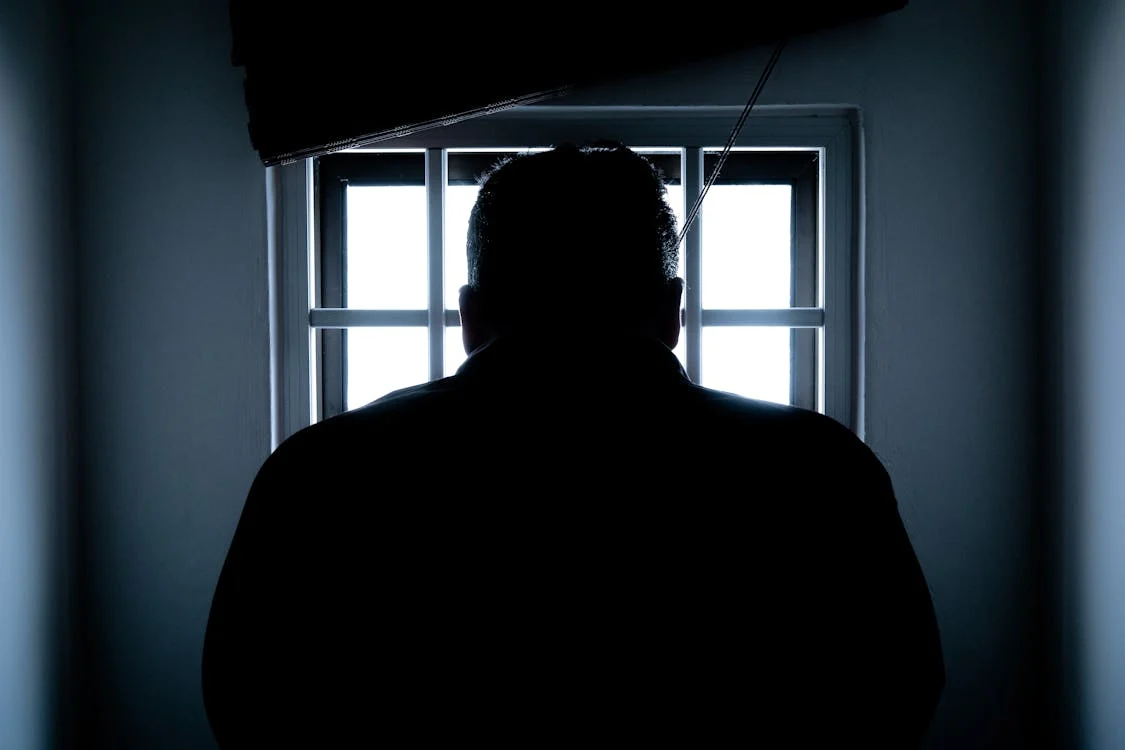Context
A program to modernize technological equipment and redesign courtrooms has been implemented to improve the judicial system by reducing the need for incarcerated persons to travel, facilitating exchanges between criminal partners and optimizing appearance times.
Objectives of the mandate
The six-month mandate (August 2020 to January 2021) was carried out as program manager. This vast modernization program mobilized approximately 20,000 person-days and relied on a budget of $70 millionSeveral ministries and public bodies were involved, making strategic coordination essential to its success.

Challenges and issues before the intervention
- Insufficient governance leading to a lack of coordination between stakeholders.
- Problems with planning and tracking deadlines.
- A lack of a clear structure for managing risks and inter-organizational issues.
- Difficulty in ensuring alignment of project objectives with stakeholder needs.
Recovery approach
1. Strengthening governance
A unified steering committee was established to bring together all stakeholders from the relevant sectors, fostering a shared vision and consistent decision-making. This robust governance framework ensured rigorous monitoring of decisions and improved communication between stakeholders. At the same time, the roles and responsibilities of each were clarified, ensuring better coordination and increased accountability among those involved in the program.
2. Optimization of project management
Management processes aligned with best practices were developed and implemented to effectively structure program progress. The use of tools such as Microsoft Project and performance dashboards enabled rigorous monitoring of key milestones. At the same time, risk management mechanisms were strengthened, particularly by taking into account inter-organizational issues, to anticipate obstacles and support smoother program execution.
3. Monitoring and control of progress
Periodic meetings were held with project teams and stakeholders to maintain constant alignment on objectives and deliverables. Clear performance indicators were defined to ensure accurate monitoring of the program's progress and quality. Finally, detailed progress reports were produced and shared regularly with the relevant authorities, promoting transparency and sustained communication throughout the mandate.
4. Planning and organization of work
The program's activities were structured taking into account available human, material, and financial resources, thus ensuring realistic and controlled execution. Coordination with other departmental projects and external partners enabled effective management of interdependencies. A knowledge transfer plan was also put in place to ensure continuity of operations once the project was completed.
Lessons learned and recommendations
Strengthened governance
Structured deployment
The implementation of long-term measures continued according to a clear timetable.
Risk management
The rigorous monitoring and intervention approach has made it possible to limit the negative impacts of inter-organizational issues.
Shared objectives
The needs of stakeholders were taken into account in a harmonized manner.
Conclusion
This intervention helped restore the trajectory of a strategic program essential to the modernization of the judicial system. By strengthening governance and communication among multiple stakeholders, optimizing planning, and ensuring rigorous monitoring, I contributed to the reestablishment of this program and the realization of a project that benefits the entire judicial system and its users.

